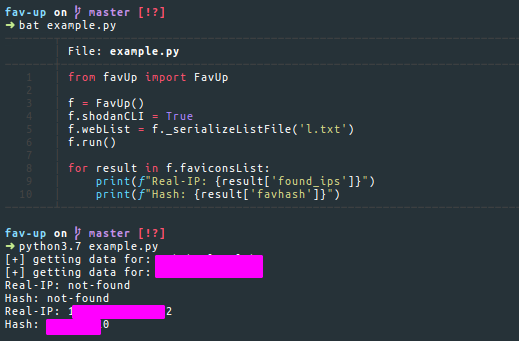

Pip freeze -path C:\Users\username\Miniconda3\envs\flask-test\lib\site-packages > requirements.txt Get the path of the conda env and copy itĪppend the copied path with lib\site-packages and use it in pip with -path option Go to your project environment conda activate Ĭonda list gives you list of packages used for the environmentĬonda list -e > requirements.txt save all the info about packages to your folder Just in case someone is looking to generate requirements.txt from an existing project in conda, use following

To get the correct format for generating a requirements file for people who prefer to use pip with virtual environments. In an activated conda environment I had to use pip list -format=freeze In a conda environment with simply calling pip freeze Hope it helps to distinguish between the two.Īlso pipenv is a newer tool, that can do both virtual environment and package management for you. Pip produces a list of packages that were installed on top of standard library to make the package you wrote work. conda replicates own installation, that is why its list of libraries is longer, and has python itself. Note that python itself is in the conda list and (properly) not in requirements.txt. Now there is conda output: you rightfully capture their comment which says 'we generated this list of libraries to work with conda'. requirements.txt can be generated in one environment and installed by pip in a new environment. Pip is a standard package manager, it does one thing and does it well. When I tested this, the packages weren't identical across the outputs ( pip included fewer packages) but it was sufficient to set up a functional environment.įor those getting odd path references in requirements.txt, use: pip list -format=freeze > requirements.txtįollowing the discussion, I'd like to mention that you can actually see some separation of pip and conda roles. Then use the resulting requirements.txt to create a pip virtual environment: python3 -m venv env You can install pip within the conda environment, then use pip to create requirements.txt.

If you want a file which you can use to create a pip virtual environment (i.e. #RUN pip install -requirements requirements.As the comment at the top indicates, the output ofĬan be used to create a conda virtual environment withĬonda create -name -file requirements.txtīut this output isn't in the right format for pip. Upload the local requirements.txt to your Amazon S3 bucket. To run Python dependencies on your environment, you must do three things: Create a requirements.txt file locally.

#we want to make sure that each of our dependencies are going to be installed in our container Amazon MWAA runs pip3 install -r requirements.txt to install the Python dependencies on the Apache Airflow scheduler and each of the workers. #copy everything to this expected /code going to be created within oour container copy the requierements.txt and installing each of the dependency on this container Ive found requirements.txt less enjoyable to maintain for several reasons you need to separate dev, test dependencies on your own time, theres no notion of.
#Pip3 install requirements.txt update#
#RUN apt-get update -y & \ apt-get install -y python-pip python-dev #it will set the value this environment variable to 1 #convention to create an environment variable but it gives an error:ĮRROR: could not find a version that satisfies the requirement python=3.10.5(from versions:none)ĮRROR: no matching distribution found for python=3.10.5Īnd hier is my docker file: Dockerfile, Image, Container I just try to write a docker file for a python flask web app.


 0 kommentar(er)
0 kommentar(er)
